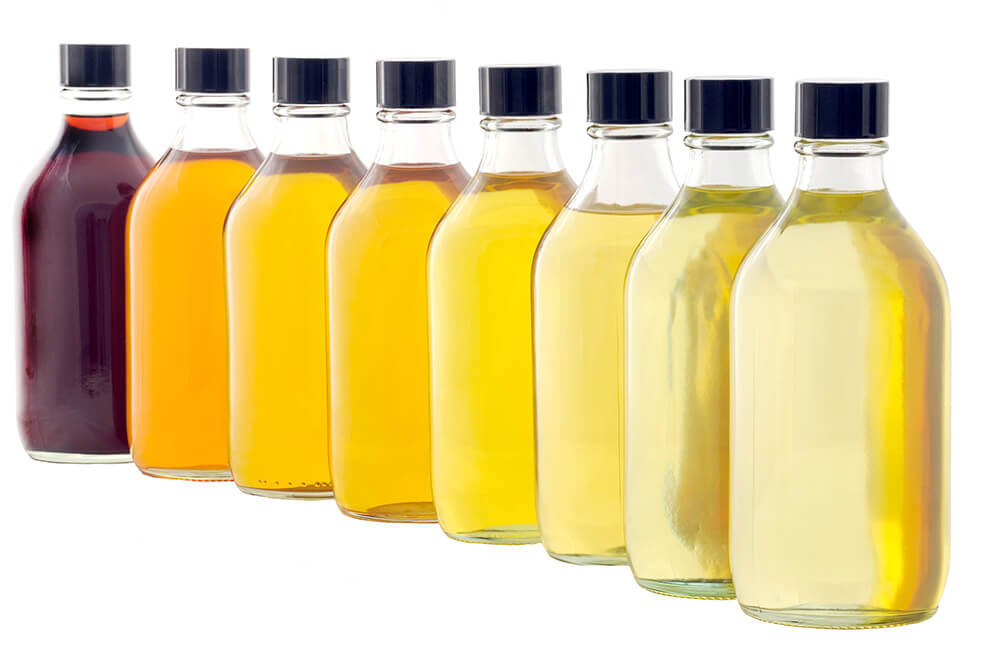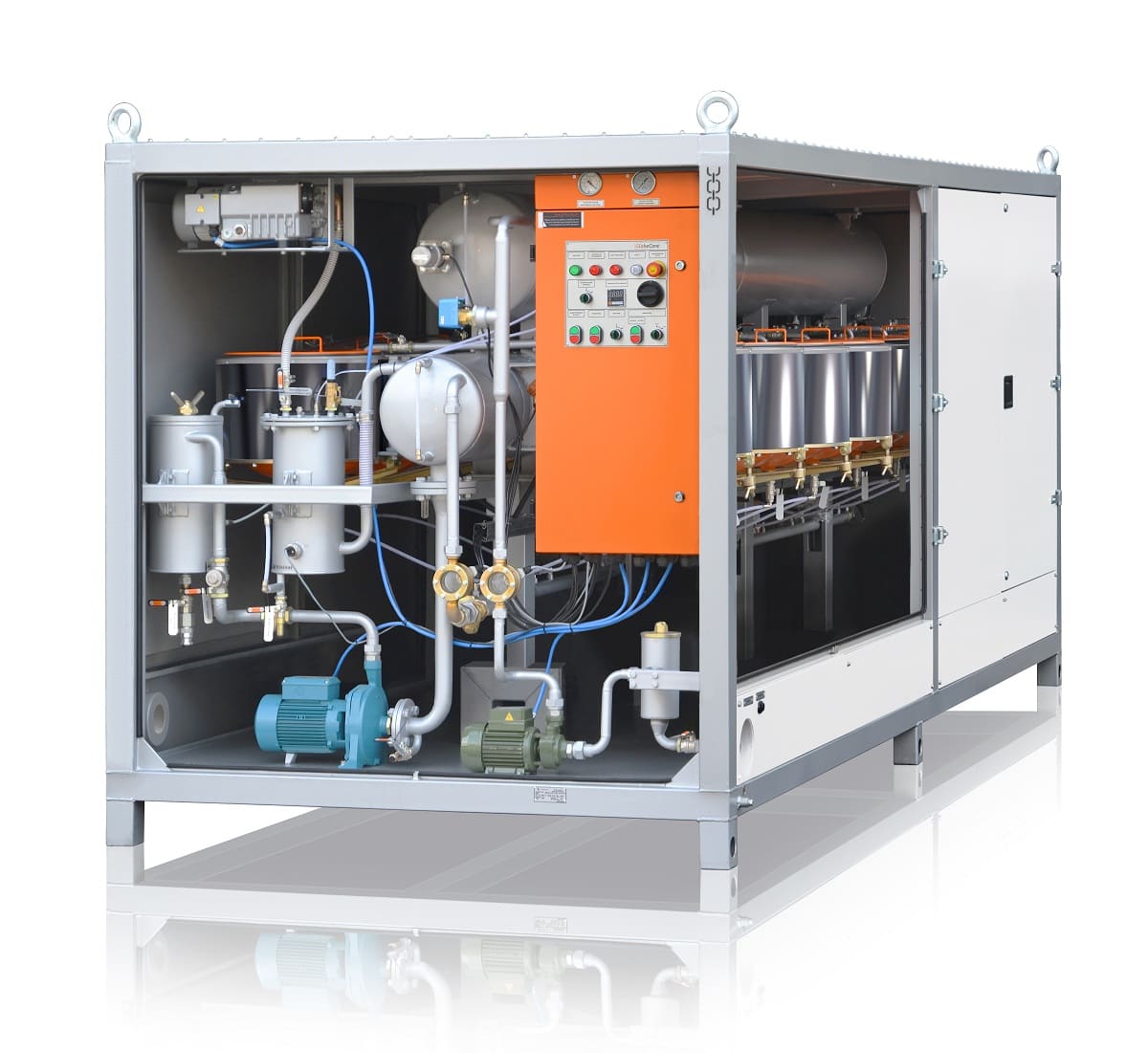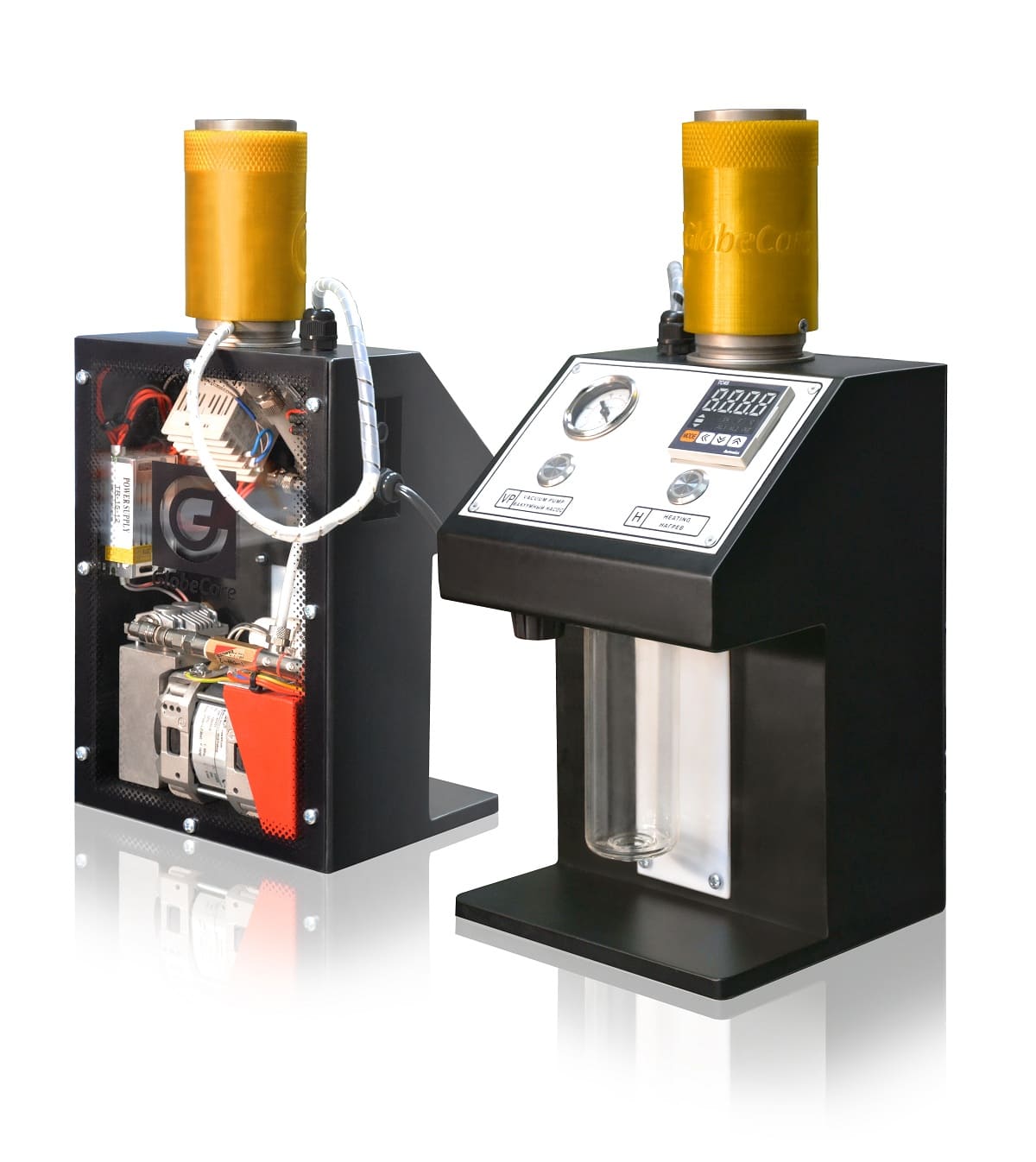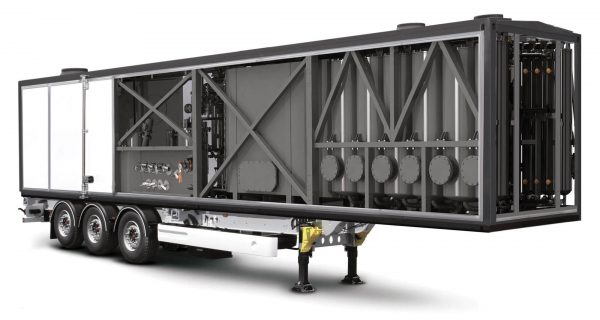Any oil used in manufacturing or in any other industry becomes contaminated with time. This reflects not only on the oil’s color, but also on its physical and chemical properties. Naturally, light oil looks better. The main task of purification is to remove impurities, such as resins, certain hydrocarbons, solid particles and water from the oil. Oil bleaching improves the oil significantly. This product can be reused, it is still combustible and less hazardous from the environmental point of view.
Experienced industrialists know that waste oil can be restored. Buying a contaminated product is cheap, and it can be restored to its initial condition using special equipment. This approach is viable and helps companies develop.
Beside using oil in hydraulic systems and electrical equipment, light oil can be applied to wooden surfaces. Impregnated wood fibers are more resistant to external influences, such as weathering and oxidation.
There are several methods of oil bleaching. This process requires special equipment, which usually combines several processes, making for better purification and achieving the desired results.
Methods of oil bleaching and purification
The most commonly used methods of used oil restoration are described below. The simplest and cheapest approach is to allow the oil to settle in storage tanks. Gravity pulls impurities to the bottom of the tank. The process may take anywhere from several days to several weeks. If the oil is still not light enough, it is filtered or centrifuged.
Filtration removes particles and resins from oil. Coarse and fine filters are used for better effects.
Centrifuges can also achieve good oil bleaching. In a centrifuge, a dispersed system divides into fractions, with moisture and other impurities removed.
The above methods are purely physical. Often, a combination of physical and chemical methods is applied. Below are some of the most common ones.
Adsorption involves natural or synthetic adsorbents. Bleaching clays, for instance, are natural substances, while silica gel is synthetic. Impurities are captured by adsorbents due to their porous structure.
Coagulation involves mixing oil with coagulants which bind small particles together, making impurities larger for filtration, setting or centrifuging.
Ion exchange is used to remove acidic substances. Contaminated oil is mixed with ion exchange media; the ions take the place of the contaminants.
The term ‘selective purification’ implies that a solvent (phenol, nitropropane, liquid benzol and furan) solves only selected components of oil. The efficiency of this method is arguable.
There are other effective chemical oil bleaching processes, but they are rather expensive and complex.
Sorbent for oil bleaching
Sorbent are the most important materials for oil bleaching. These substances have the ability to adsorb liquids and small particles from various materials. Large surface area with enormous amount of pores allows these substances to capture and trap products of oil aging. Adsorption works best for asphalt and tar, acids and various oxygen-containing substances. The higher the surface area of pores, the faster and more efficient is the adsorption of impurities. If the pores are small, the adsorbent will not be able to capture large molecules. If molecule sizes exceed those of the pores, process efficiency suffers. For this reason, oil bleaching mostly involves mineral with large pores. There is no fixed chemical composition of adsorbent media. There seems to be link between adsorption capability and the actual composition of the media.
GlobeCore oil bleaching equipment
Oil appearance is important for sales. Of course, appearance alone cannot guarantee quality. However, reference tables exist that link oil color to its purity.
GlobeCore produces equipment for purification, bleaching and regeneration of transformer, turbine, gearbox and industrial oil, as well as diesel fuel and heating oil. GlobeCore’s UVR units are excellent at removing hydrogen sulfur, as well as other sulfuric and paraffinic compounds from oil.
The equipment comes in one of three design options:
- General purpose frame;
- General purpose container;
- Container with rolling side doors or intrinsically safe.
The UVR units are compact and can be controlled automatically or semi-automatically. The units are quiet and need about 2-3 kW power, a modest requirement. Power consumption may grow if the heating is engaged.
GlobeCore regeneration units operate with any oil type identically; however, processing rate may vary, since it depends on viscosity and density of the fluid. The processing rate of regeneration is usually lower than that of purification or oil bleaching.


 Private: CMM-450/16U Transformer ...
Private: CMM-450/16U Transformer ... СММ-0,001U Laboratory Oil ...
СММ-0,001U Laboratory Oil ... CMM-12R Oil Regeneration ...
CMM-12R Oil Regeneration ...